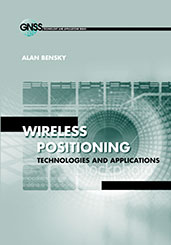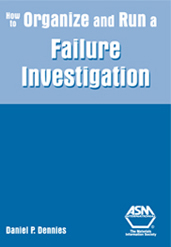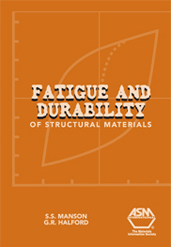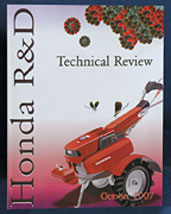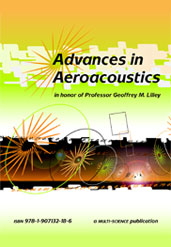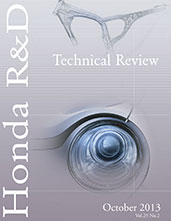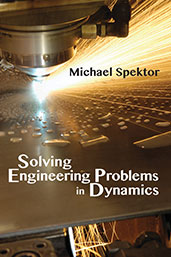Book

How to Manage the Perfect Factory or How AS6500 Can Lead To Everlasting Happiness
2020-10-01
Why AS6500? Where did it come from? Why does it exist? Those are easy questions to answer. It came from the inspiration of angels and it exists to make your life, and your factory, more perfect. That's why, when you open the standard, you can still hear the faint echoes of the singing of angels. Actually, experts were gathered from across the country, both from the Defense Department and from industry to create the new document. They toiled away until the perfect product emerged from the fruit of their labors: Aerospace Standard AS6500, "Manufacturing Management Program," published in November 2014. How to Manage the Perfect Factory combines education and instruction with fun, laughter and motivation. The book gently pokes fun at the people and organizational barriers that the Manufacturing function must overcome to make those obstacles seem more surmountable while providing key information on implementing AS6500.
